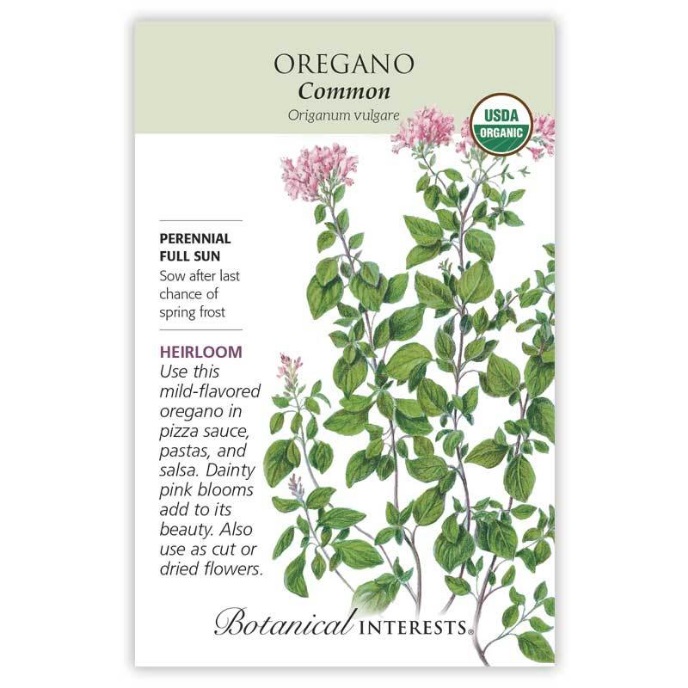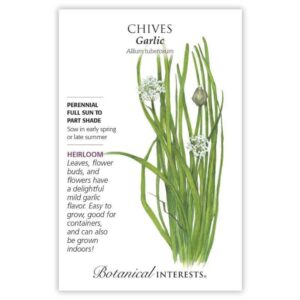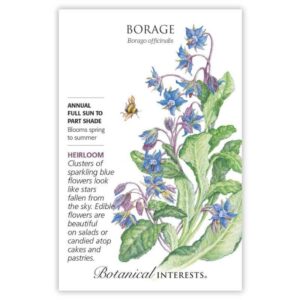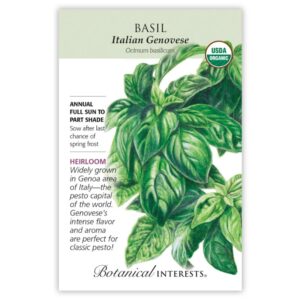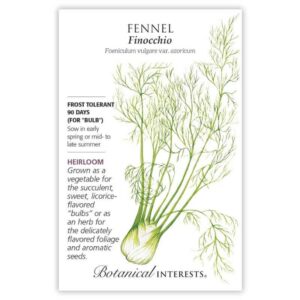Description
Common Oregano (Origanum vulgare) is a frost-tolerant perennial, perfect for gardeners seeking a milder oregano variety with medicinal benefits. Unlike the more pungent True Greek Oregano, this variety, also known as wild oregano or wild marjoram, offers a gentler flavor ideal for use in both fresh and dried forms. Its pink to lavender flowers bloom from midsummer to fall, adding color to your garden while attracting pollinators. Grown in USDA zones 5 and warmer, Common Oregano reaches 18″ tall and spreads easily, thriving in full sun. With its deer resistance and drought tolerance, it makes an excellent addition to containers.
This packet sows up to 88 feet. 800 seeds.
Variety Info:
Botanical Name: Origanum vulgare
Family: Alliaceae
Native: Asia, Southern Europe
Hardiness: Frost-tolerant perennial in USDA zones 5 and warmer
Plant Dimensions: 18″ tall, spreading
Variety Information: ½”–¾” oval, dark green, lightly fuzzy leaves. Pink to lavender flowers bloom from midsummer to fall. Stalks become woody with age.
Exposure: Full sun
Attributes: Cut Flower, Deer Resistant, Drought Tolerant, Good for Containers
Sowing Info:
When to Sow Outside: 2 to 4 weeks after your average last frost date, when temperatures are warm and settled, and as late as 2 months before your first fall frost date.
When to Start Inside: RECOMMENDED. 6 to 8 weeks before your average last frost date. Optimal soil temperature for germination is 70°–78°F.
Days to Emerge: 5–10 days
Seed Depth: 1/8″–¼”
Seed Spacing: A pinch of seeds every 20″
Row Spacing: 24″
Thinning: When 2″–3″ tall, thin to 1 every 20″
Growing Info:
Harvesting: Cut stems when needed after the plant is at least 6″ tall. Some oregano aficionados claim the best flavor comes just before the plant flowers. Pruning the stems also encourages fullness and fresh, new growth on the plant.
